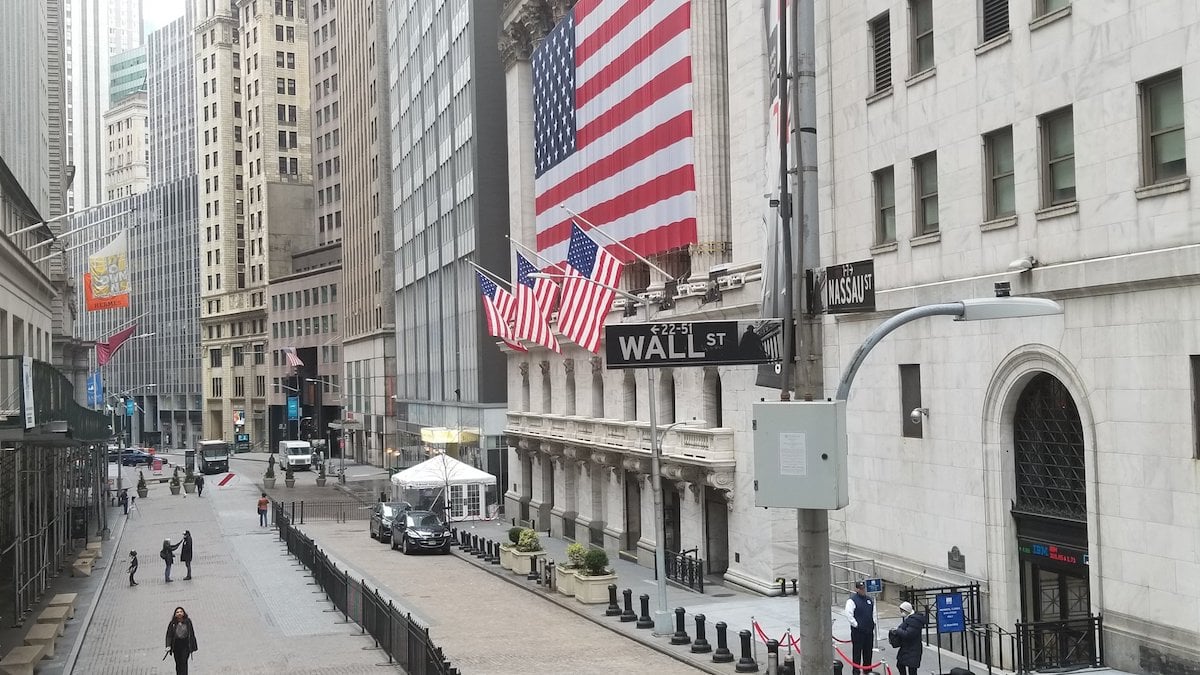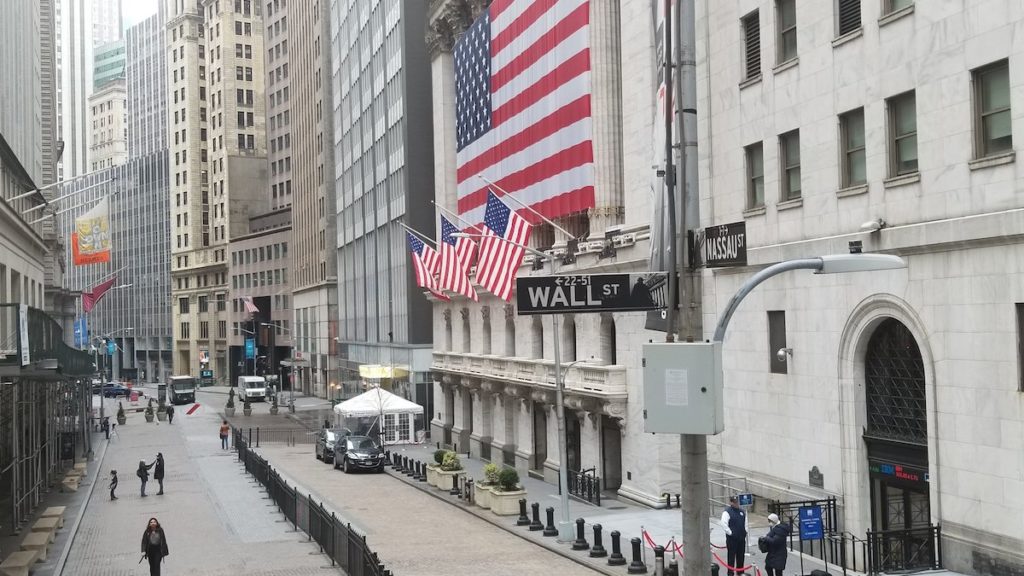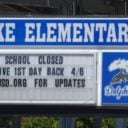

New York, N.Y. (PPD) — Week four of the coronavirus selloff saw the largest weekly declines for market averages yet, as many states imposed highly restricted travel, hundreds of business shuttered stores and plants, and likely a few million people found themselves unemployed.
On late Sunday, the U.S> Senate failed to advance a $1.4 trillion “Phase Three” financial assistance plan. Shortly thereafter, stock index futures opened down the -5% limit for off hours trading.
Three hours before the opening of the trading day, stock index futures have lifted off their “limit down” peg from early last evening. While still projecting a lower opening, we’re talking ~-3% rather than -5% to -6%.
While the weekly market data has widely headlined, we would be remiss to ignore it, with of course relevant comparables, and for the optimists, what may be a few initial signs of positive divergence hidden beneath the headlines.
The Dow Jones Industrial Average (^DJI) finished the week with a decline of -17.3% to settle at 19173.98. As a crude point of reference from over 30 years ago, the DJIA declined -22% on October 19, 1987, typically referred to as Black Monday.
The S&P 500 (^SPX) declined -15% on the week to settle at 2304.98, the first close below the December 24, 2018 low of 2351. The Ackman low, midday Wednesday last week was 2280.
The NASDAQ Composite (^IXIC) at 6879.52 saw a decline on the week of -12.6%. This was the lowest close for the NASDAQ since January 7, 2019, two weeks after the December 24, 2018 close of 6192.92. The Ackman low from last Wednesday is 6686.36.
The Russell 2000 (^RUT) fell -16.2% this week to settle at 1013.98. The Russell has declined -40.2% from February 20 when it closed at 1696.07 just four weeks ago.
The Dow Jones Transportation Average declined -14% on the week to settle at 6837.72. The DJTA is lower by -38% in four weeks since closing at 11032.96 on February 20.
Just before the coronavirus selloff began, many of these market averages were posting all-time highs, or close to it during the third week of February. Shortly thereafter the proverbial s**t hit the fan.
Looking at the declines from February 20 through March 20, the numbers are astounding. We’re talking 22 trading days on the calendar — that’s 4 weeks, plus a couple days.
During the coronavirus selloff, the DJIA, S&P500 and NASDAQ composite have declined -35%, -32% and -30%, respectively.
Going back to the Global Financial Crisis in 2008, the worst 3 weeks saw the S&P 500 decline -33% from September 19 to October 11. Very interesting point of reference.
Maybe you’re starting to feel worn out by the daily barrage of negative news, and feeling a bit inundated with “trading halts to the downside” and “record daily declines”, the obvious question is: “Isn’t down over 30% in a month enough?
I’m Glad You Asked that Question!
On Friday, after a gap opening higher failed miserably (they always do), major market averages sold off steadily throughout the afternoon to close at their lows of the day. Losses ranged from -3.7% on the NASDAQ composite to -4.5% on the DJIA. The S&P 500 lost -4.3%, as all averages closed at new lows for this move, while the DJIA and S&P 500 settled just above the intraday Ackman Lows from Wednesday.
For the first time, on a day of sharp declines, market internals may be showing signs that the selling is at an exhaustion point.
Market breadth was not nearly as negative as other 4%+ declines over the last month. While declining issues led advancers by 17 to 13, those stats were running 10 to 1 or greater as recently as Monday and Wednesday of last week.
On Friday we had 299 new 52 week lows on the NYSE. On both Monday and Wednesday of last week we had over 2000 new lows each day.
Down volume was 63% of total volume. We’ve had at least 8 days in the last month that were 90% down volume days.
The CBOE Volatility Index (^VIX) closed at 66. Earlier in the week it hit 82, which was equivalent to the all time highs from the depths of the Global Financial Crisis in 2008.
Just to be Clear…..
I’m not saying to expect an imminent V shaped market rally …..yet. First we need congress to pass the “Phase Three” economic relief package. Then a leveling off in the number of infection cases, particularly in densely populated “hot spots”.
In the meantime, if market internals show more stabilization like Friday, it will support that the selling pressure is becoming exhausted.





